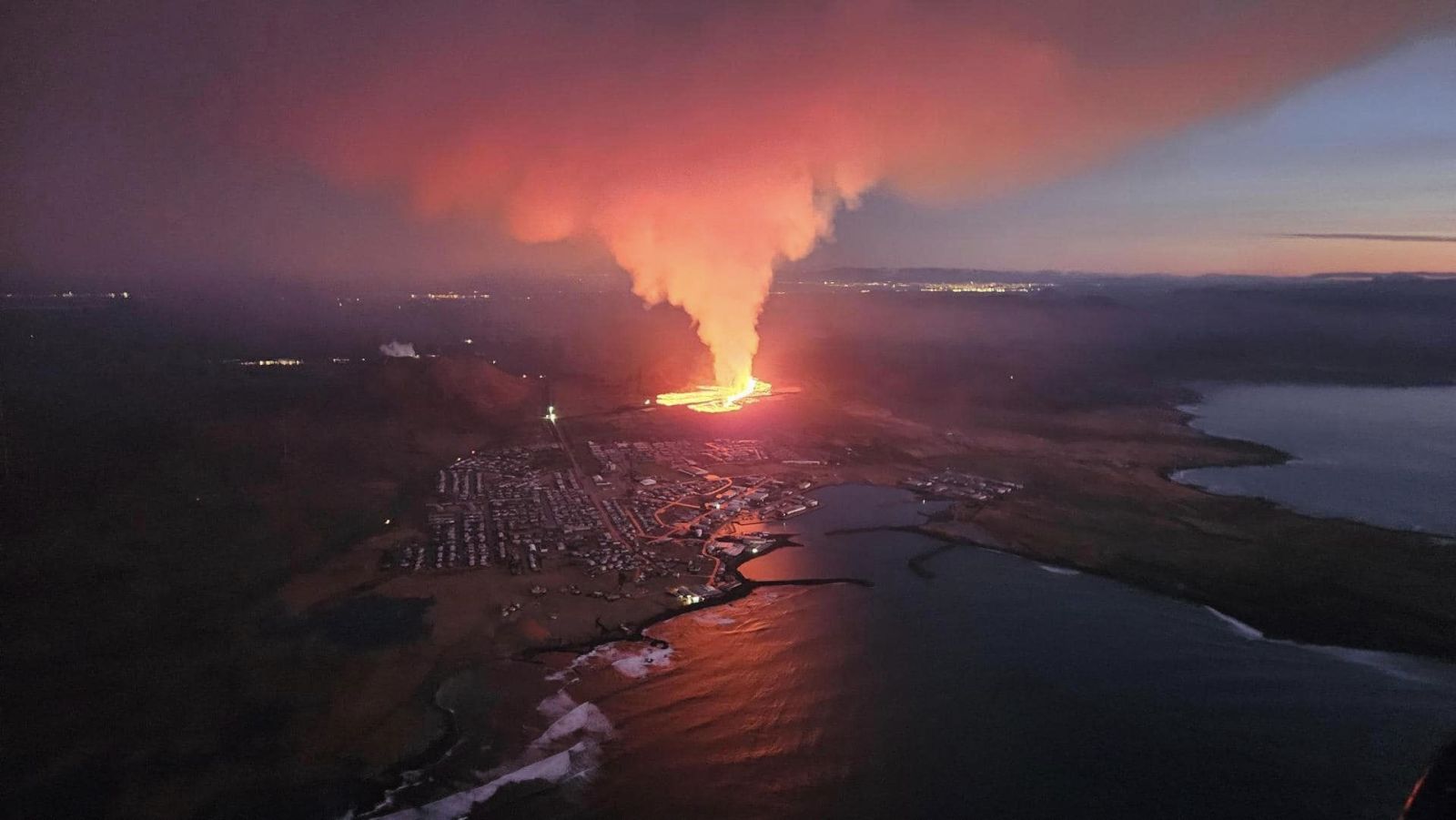The Icelandic Town of Grindavík Faces Collapse After Volcanic Eruption
Follow us on Google News (click on ☆)
On January 14, a volcanic eruption shook the Reykjanes Peninsula, where Grindavík is located. According to the Icelandic Meteorological Office (IMO), the ground in this area is now covered with cracks. These cracks, which appeared north of Grindavík, have allowed lava to flow through the town. Although the eruption has ended, the danger is not yet over. The IMO has downgraded the risk level from red to orange, but new threats loom over, or rather under, the town.

View of the evacuated town of Grindavík, with lava ejected by the nearby volcano.
Photo: Public Safety/Björn Oddsson
Representatives of the IMO emphasize that, despite the decreased risk level, the cracks remain a major concern. Crack movement is less likely now that the eruption has subsided. However, experts are assessing the risk of new cracks appearing or existing ones enlarging.
GPS data show that little movement has been detected in Grindavík in recent days, suggesting that the risk is lower than before. Carmen Solana, an associate professor of volcanology and risk communication at the University of Portsmouth in the United Kingdom, states that the area remains dangerous.
Although experts are uncertain about the source of another eruption, Solana believes that current signs suggest it remains likely. "The fact that the ground has not deflated as it should have, given the volume of magma that has surfaced, indicates it's highly likely that magma is still surfacing," she said.
The situation in Grindavík is a reminder of the power and unpredictability of natural forces, highlighting the need for constant monitoring and rapid response to early signs of volcanic eruptions.